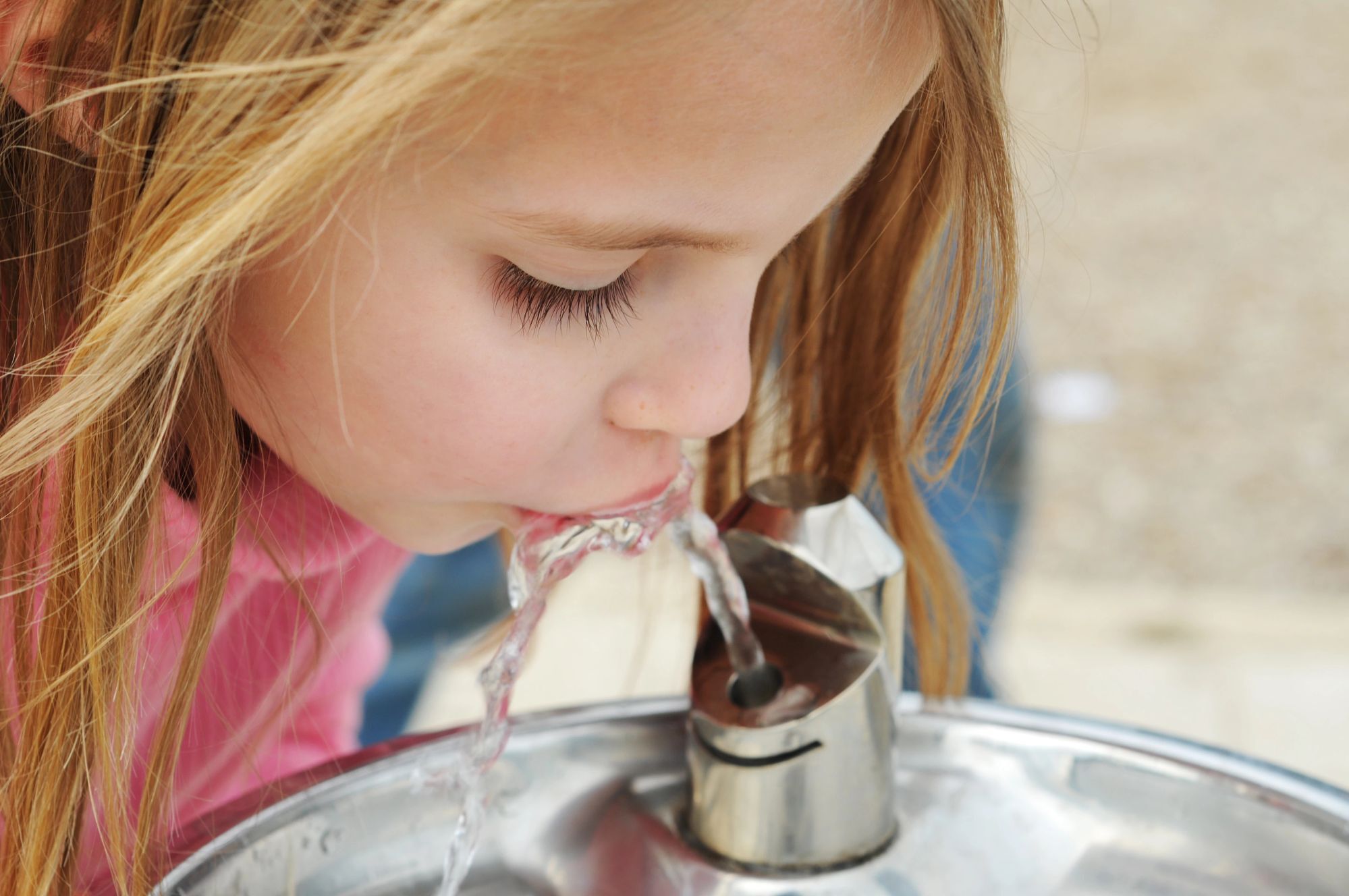Good Reads: Discover Great Information in Your Drinking Water Report
Water is a lifeline. It sustains us. The role of water in our daily lives is immeasurable. Water is essential at home, school, work, and health care facilities. But if your water suddenly tastes yucky or has a murky color, or if you simply want to know more about the quality of the drinking water coming out of your kitchen tap, you can take a meaningful step to review your water quality report. If you’re on a private well, you may consider having your water tested by a drinking water lab, providing you with a water quality report specific to your well.
From the United States and Canada to across the globe, communities offer water quality reports that can help you learn all about your drinking water — where it comes from, how it is treated, and what contaminants were detected when it was analyzed. This is a great place to discover the impact your drinking water could have on your health. If that sounds technical and hard to decipher, our NSF water experts offer four tips on what to look for and how to translate your water report.
Be in the Know
The U.S. Environmental Protection Agency (EPA) requires community water systems to provide customers with an annual water quality report or consumer confidence report (CCR) that includes detailed information about their water supply, including the quality of their drinking water during the past year. Those in larger cities in Western European countries and some provinces of Canada follow this same schedule. Wherever you live or travel, you may want to contact the local water provider to ask for a copy of their most recent water quality results.
What’s Up on Water
Reading your water report can raise awareness of where your water comes from, help you understand how drinking water is delivered to your home and educate you about the importance of safety measures, such as protecting source waters. It will help you detect:
- Contaminants. The report will show you what contaminants are present in your drinking water (if any). It compares the contaminants to official standards and points out any violations of the health-based limits.
- Sourcing. The report may also explain where your water comes from, such as groundwater, lakes, rivers, or another water source. It describes how the water is treated to bring it to drinking water quality.
- Violations. If your water provider has missed the mark, they will likely tell you when it occurred, what happened and how they fixed the situation.
You’ve Got Mail
You may receive a water report from your town in the mail. If you live in an apartment or a condo, you can check with management to see if they have a copy to share. Or you may find the information online or by calling the local water department.
Digging In
If you want to dig deeper, your water report may contain a chart with a detailed breakdown of all the contaminants found in your town’s public drinking water. Don’t be intimidated by the codes and abbreviations. Here are some to look out for and what they mean:
- Contaminant: The chemical being tested and reported, such as lead.
- Disinfectant: The chemical used to treat the source water. It removes bacteria that can make you sick before the water gets to your house.
- MCL (maximum contaminant level): The lowest level of a contaminant allowed in drinking water for which there are no known or expected risks to your health considering best available treatment technology.
- MCLG (maximum contaminant level goal): Consider the level that the U.S. EPA, Health Canada, the European Union or another regulatory body recommends for how much of the contaminant should be in your water if treatment technology were not an issue.
- Parts per million - ppm (mg/L): A measurement of how much contaminant is in the water as milligrams per liter.
- Parts per billion - ppb (µg/L): A measurement of how much contaminant is in the water as micrograms per liter.
- Range detected: High and low levels at which contaminants were found in your drinking water.
- Violation: This shows if a contaminant is in your drinking water above the level allowed by the relevant regulatory authority.
Sign Up for Tips for Better Living
Stay up to date with what matters most to you and your family.
Related Posts

Foodstuffs: How To Store and Heat Leftovers Safely

Kitchen Cleaning 101: Your Ultimate Guide to Optimum Kitchen Cleaning

Keeping a Clean Home, Especially When You Share It With Your Pet

loMT: Utilize Internal Information Security Expertise to Combat Cyber Risks
Sources:
www.sjwd.org/consumer-confidence-reports-water-quality-reports
www.canada.ca/en/health-canada/services/environmental-workplace-health/reports-publications/water-quality.html
www.epa.gov/sites/default/files/2014-05/documents/regulations_changesto_july12005.pdf
How NSF Can Help You
Get in touch to find out how we can help you and your business thrive.

What’s New with NSF

Michigan’s “Filter First” Law: A Guide for Schools and Childcare Centers
April 23, 2024
Healthy People Living on a Healthy Planet: The Future We’re Working For
April 4, 2024
American Meat and Egg Distributors Now California-Ready with NSF’s Prop 12 Certification
April 3, 2024